Last Updated on June 26, 2024 by Dr. Wendy Wilkins, DVM, PhD
There’s no denying that dogs come in all shapes and sizes. From the tiny Chihuahua to the massive Mastiff, there’s a breed to suit every preference.
Of course, dogs also come in a wide variety of coat types. From short and smooth to long and luxurious, there’s a style to suit every pet parent.
Whether you’re looking for low-maintenance or high-fashion, there’s sure to be a breed that’s right for you. Here’s a quick rundown of some of the common coat types:
[Editors Note: Wondering what type of coat your breed of choice has? Check out this complete list of dog breeds according to coat type!]
No Hair – The Hairless Breeds
There are a surprising number of hairless dog breeds, each with their own distinct appearance and personality.
The Chinese Crested is perhaps the most iconic hairless breed, thanks to its small size and striking good looks. There are also larger hairless breeds like the Mexican Hairless and the Peruvian Inca Orchid.
These dogs are often described as being affectionate and intelligent, making them popular companion animals.
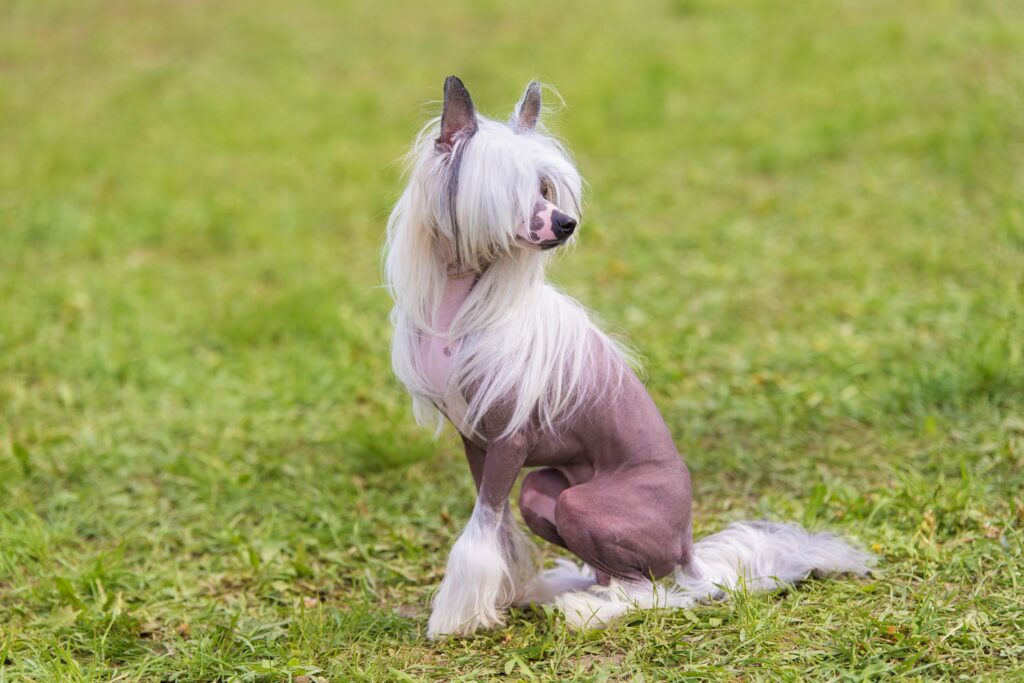
Hairless dogs do require some special care, however. For example, they are more susceptible to sunburn and skin irritations, and they may require more frequent baths.
But for many people, the benefits of owning a hairless dog outweigh the challenges. If you absolutely cannot tolerate shed dog hair sticking to your pants or furniture or accumulating in little dog dust bunnies under the furniture, then a hairless breed might be right for you.
A Little Bit of Hair: Short Hair Breeds
Many popular breeds, such as the Rottweiler, Labrador retriever and the bulldog, have short, dense coats that provide excellent protection from the elements.
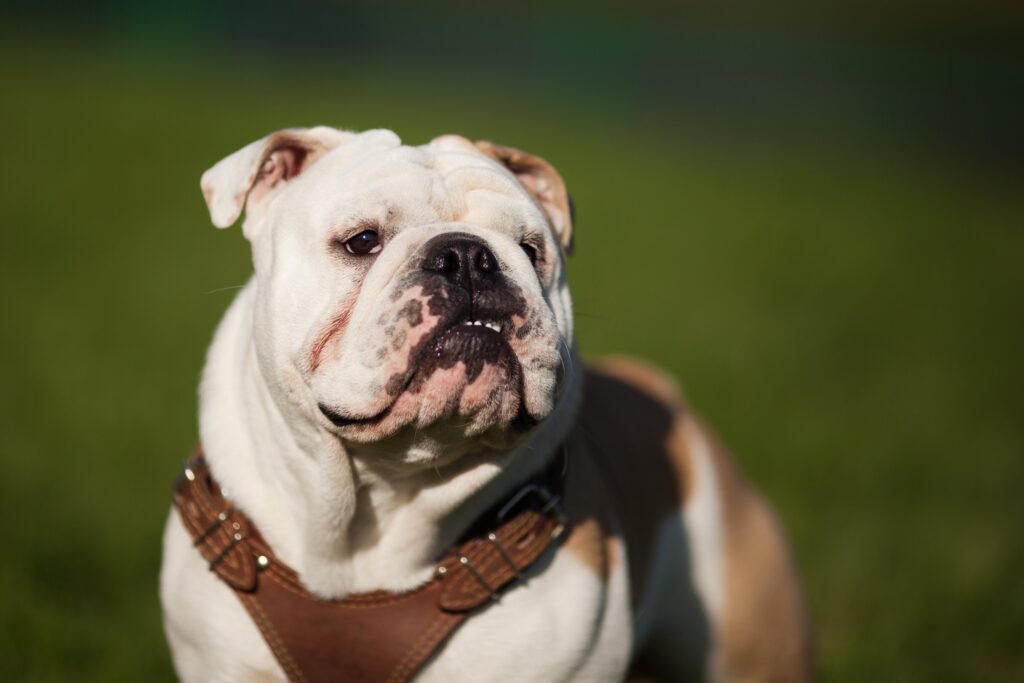
These coats are easy to care for, requiring only an occasional brushing to remove loose hair except during those periods where they change out their undercoat in preparation for changing seasons.
They are relatively easy to bathe as well, as the pet shampoo will rinse out more easily and a quick towel dry is often all that is needed.
A Lotta Locks – Long Hair Breeds
Dogs with long hair are often prized for their luxurious locks and show-stopping looks. While they may require daily grooming to prevent mats and tangles, the payoff is a pup that’s sure to turn heads.
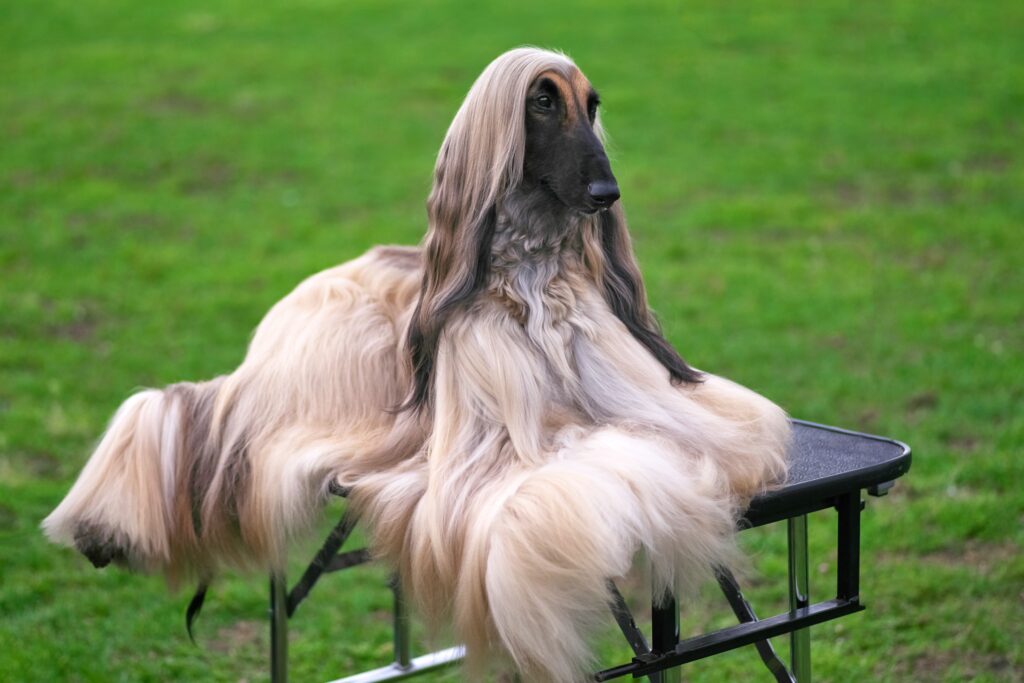
Long-haired dogs come in all shapes and sizes, but they all have one thing in common: gorgeous, flowing coats.
The Afghan Hound is a regal breed with a long, silky coat that comes in a variety of colors. The Old English Sheepdog is another popular choice, known for its thick, shaggy coat.
With these breeds, prepared to spend some extra time brushing and grooming your furry friend. But with proper care, your long-haired dog will be the envy of the neighborhood.
Hair With Flair – Non Shedding Breeds
For many people, the idea of owning a dog is synonymous with dealing with mountains of fur on furniture and clothing. However, there are certain breeds of dogs that do not shed or shed very little.

These so-called “hypoallergenic” dogs can be a great option for people who are allergic to pet dander but still want to enjoy the companionship of a furry friend.
Although they may require a bit more grooming (and require visits to a professional groomer), non-shedding dogs typically have softer, less dense coats that may be less likely to trigger allergies. In addition, they tend to be less prone to problems like hot spots and skin infections.
However, non-shedding dogs are not without their drawbacks. They can be more expensive than traditional breeds, and some may require special diets or supplements to maintain healthy skin and coat.
In addition, many non-shedding dogs have high energy levels and may require more exercise than some people are able to provide.
Non-shedding breeds can come with LOTS of hair, such as Tibetan Terriers, Maltese Terriers, Shih Tzus and Poodles. While these breeds may not shed, they are high maintenance as they need frequent grooming to keep their coats manageable and mat-free.
Double The Fur, Double The Fun – Double Coated Breeds
Double coated dogs can seem like the opposite of non-shedding dogs, because when they do shed there are going to be piles of fur all over your house!
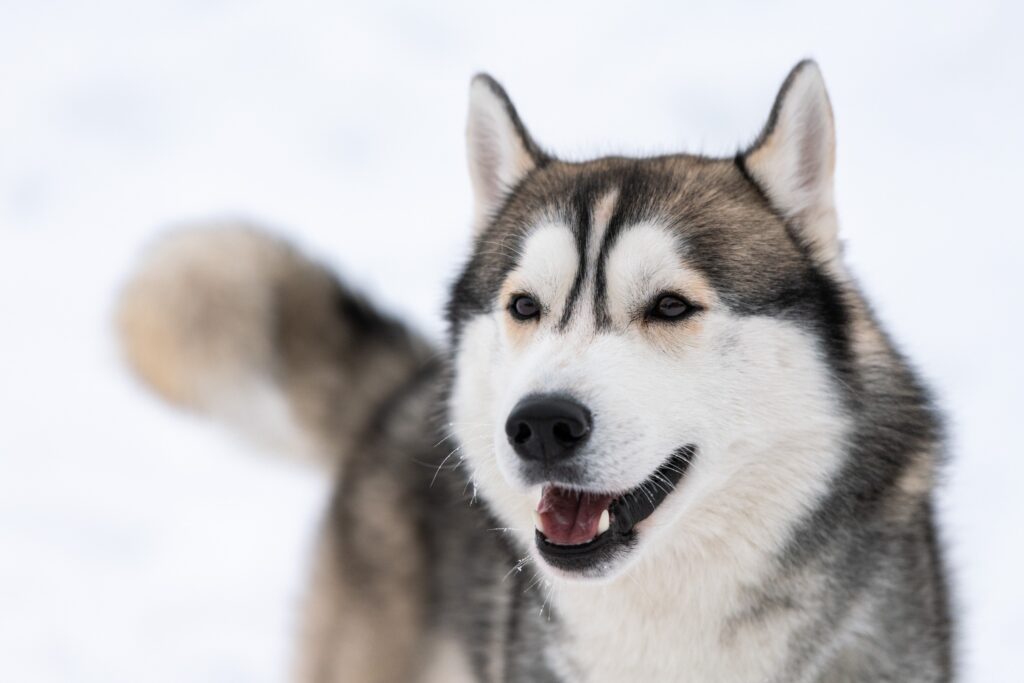
Double-coated dogs have two coats: a coarse topcoat and a soft, dense undercoat. The dense undercoat protects a dog from temperature extremes, and the course guard hairs fend off dirt and moisture.
These two coats grow independently of one another and to different lengths. The soft undercoat is shed twice a year, and during this time the dog can look quite shaggy if not groomed regularly. As well, if not groomed then the resulting hair clumps are going to be shed all over your house….and you….and your food….and your kids….etc.
What will the grooming requirements be?
Much of this has been covered in the previous section, as grooming needs are directly related to hair coat type. While all dogs need to be groomed to some degree, some breeds require more intensive grooming than others.
If you’re looking for a low-maintenance dog that won’t need frequent baths and brushing, then you should avoid breeds with long coats. Breeds like the Afghan Hound have beautiful flowing coats, but they also require a lot of work to keep them looking their best.
If you don’t mind spending a little extra time on grooming, then a long-coated breed may be right for you. Just be prepared to invest in a good brush and shampoo!
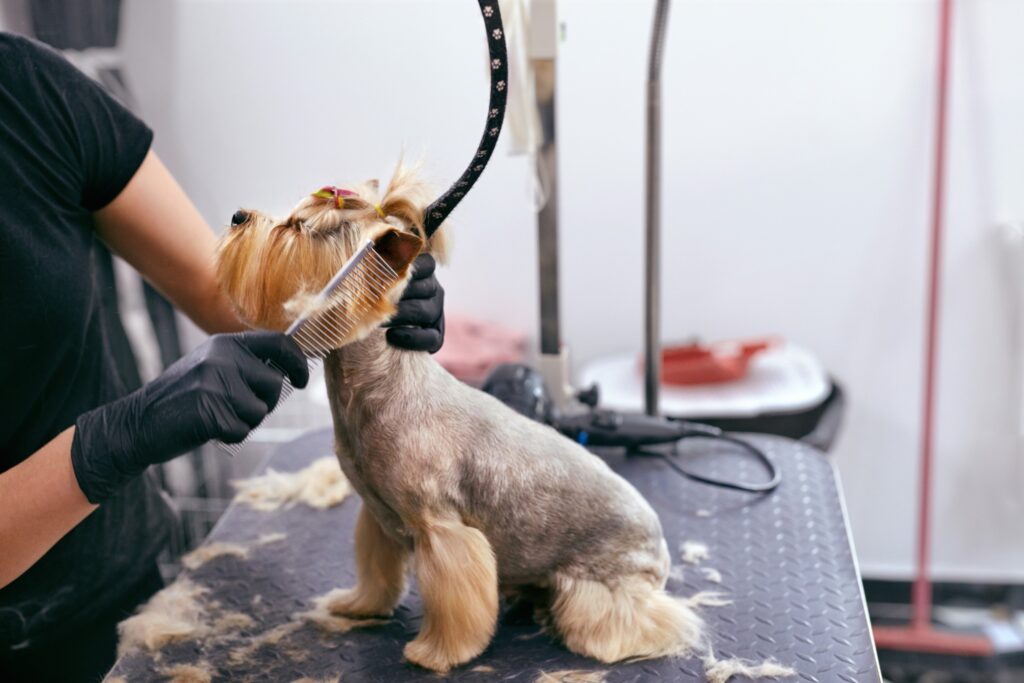
Breeds such as the Poodle and Bichon Frise have thick, dense coats that can become matted and tangled if not properly cared for. These breeds also need to be trimmed and clipped on a regular basis to maintain their signature look. These may require frequent trips to the groomer, which must be calculated into the cost of owning a dog.
While some people choose to take their dogs to a professional groomer, others may prefer to do the grooming themselves. It can be a time-consuming process, but it’s also a great way to bond with your dog. Plus, it can save you money in the long run.
If you’re interested in learning how to groom your own dog, you’ll need the right tools, including scissors, clippers, and combs. You’ll also need to learn the proper techniques for trimming fur and nails. Finally, you’ll need to be patient and gentle with your dog throughout the process.
Brush Those Chompers
Dental hygiene is an often-overlooked part of daily dog grooming requirements. Dental hygiene is just as important for dogs as it is for humans. In fact, poor dental hygiene can lead to a whole host of health problems for dogs, including gum disease, tooth decay, and even heart disease.
The good news is that there are a number of easy ways to keep your dog’s teeth clean and healthy. For starters, you can give your dog chews or toys that are specifically designed to help clean their teeth. You can also brush their teeth on a regular basis, using a pet-safe toothpaste and toothbrush.
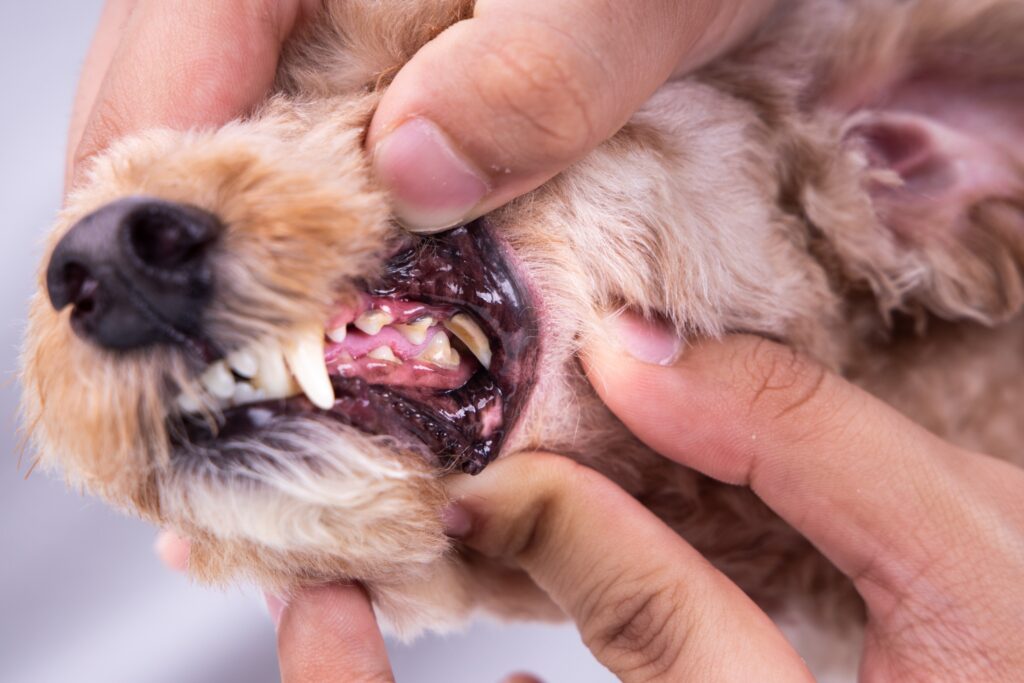
Breed selection is once again important here, as some dogs require more dental hygiene care than others.
Dental disease is a more common in small dogs. Poodles, Yorkshire Terriers, and Chihuahuas are all breeds that are more prone to dental problems.
Dogs with shorter noses and smaller teeth are more likely to require regular dental check-ups and cleanings. The more “squished” their face is, the more likely they are to have misaligned teeth and subsequent dental problems unless they get daily dental hygiene care.
For those who are looking for a low-maintenance pet, it may be best to choose a dog from a breed that is known for its good dental health, such as Labrador Retrievers, German Shepherd, and Rottweiler.
Nail Duty
Nail care also falls under the heading of grooming. Many dog owners may not realize the importance of regularly trimming their pet’s nails. However, there are several potential problems that can arise if nails are not kept trimmed.
For one thing, long nails can cause discomfort for dogs, and make it difficult for them to walk or run normally. In addition, long nails can increase the risk of nail breaks or splits, which can be painful and lead to infection. Untrimmed nails can also cause damage to floors or furniture.
Fortunately, keeping your dog’s nails trimmed is a simple task that can be done at home or by a professional groomer. Just be sure to use proper clippers made specifically for dogs, and avoid cutting the quick (the sensitive pink part inside the nail).
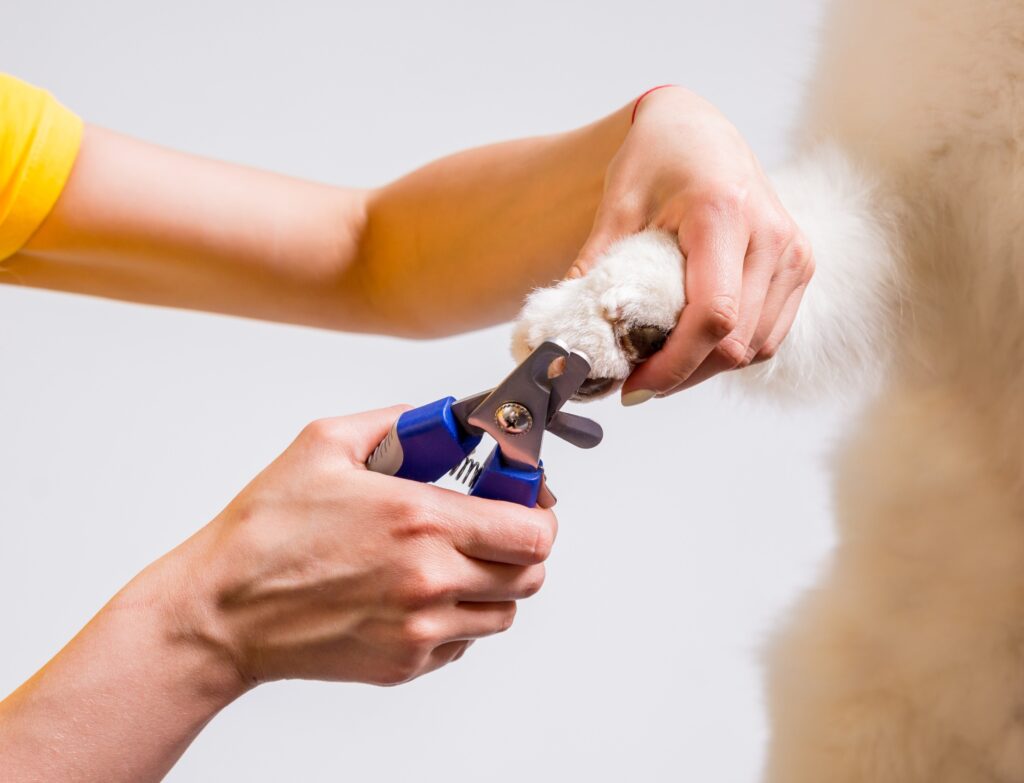
If you’re unsure about how to properly trim your dog’s nails, consult with a veterinarian or groomer for guidance.
Wrapping Up
Choosing the right dog breed for your lifestyle involves thoughtful consideration of various factors, including grooming requirements and your own tolerance for having dog hair everywhere.
By understanding the specific needs of different coat types and the related grooming duties, you are now better equipped to make an informed decision when it comes to selecting a dog that will be the perfect fit for you and your family.
As you continue your quest for the perfect puppy, keep in mind the practical aspects of grooming and coat care. Your ideal match might just be the breed with the coat type that perfectly aligns with your lifestyle and grooming preferences.
Stay tuned for the final part of this series, where we will delve into breed health considerations and the costs associated with bringing a new puppy into your home.
And if you haven’t already, make sure to check out Part 1 of this series, How To Find The Perfect Puppy: Size, Temperament and Energy Level Considerations.
Happy puppy hunting!
[All images used with permission or under license]

